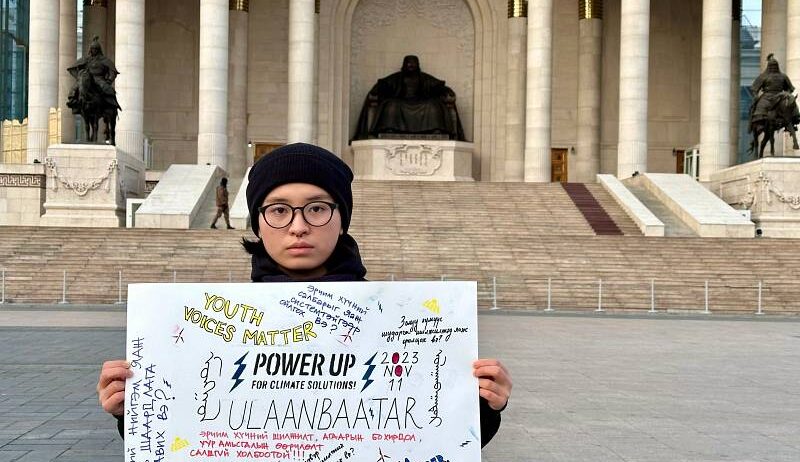As the world grapples with the urgent necessity of transitioning to renewable energy, Indonesia stands at a pivotal crossroads. This archipelago, rich in biodiversity and natural resources, faces the dual challenge of meeting its burgeoning energy demands while curtailing its greenhouse gas emissions. The question arises: Can Indonesia power its future without exacerbating climate change? This inquiry requires a careful exploration of the nation’s energy choices, the inherent conflicts involved, and the innovative strategies that may illuminate a sustainable path forward.
Indonesia is one of the largest consumers of fossil fuels in Southeast Asia. With a population exceeding 270 million and rapidly growing urban areas, the demand for energy is on the rise. The nation heavily relies on coal, oil, and gas, which are not only limited resources but are also significant contributors to atmospheric carbon dioxide. This reliance raises a crucial dilemma: How can Indonesia adequately support its economy and population without succumbing to the adverse effects of climate change?
Coal remains a dominant player in Indonesia’s energy portfolio. It accounted for approximately 60% of the nation’s power generation in recent years. While coal-fired power plants offer a relatively inexpensive source of energy, the environmental repercussions are substantial. The combustion of coal releases a plethora of pollutants, contributing not only to climate change but also to air quality deterioration, posing serious health risks to the population.
The Indonesian government has espoused ambitious targets in its Nationally Determined Contributions (NDCs) as part of the Paris Agreement. These targets aim to reduce emissions by 29% unconditionally by 2030, and by up to 41% with international support. However, despite these goals, coal investment remains robust, raising questions about the sincerity and enforceability of these commitments. How can the government reconcile its allegiance to coal with these climate goals?
In addition to coal, the oil sector poses another significant challenge. Indonesia has been a net importer of oil for several years, leading to economic vulnerabilities. While increasing oil extraction for domestic use may seem beneficial in the short term, it is ultimately a decrease in energy security that exacerbates climate issues. The question becomes starkly evident: What alternatives can Indonesia explore to ensure energy independence while remaining environmentally prudent?
Renewable energy emerges as a beacon of hope amidst these dilemmas. Indonesia is endowed with vast renewable resources, including solar, wind, geothermal, and hydroelectric power. For instance, the country’s geothermal potential is among the largest in the world, owing to its position along the Pacific Ring of Fire. Currently, Indonesia harnesses only a fraction of this potential. Capitalizing on geothermal energy could mitigate reliance on fossil fuels and pave the way for sustainable growth.
Additionally, solar energy offers a promising avenue for Indonesia. With abundant sunlight year-round, solar farms and rooftop installations can provide significant energy sources. The government has taken steps to promote solar energy, yet bureaucratic hurdles, financing issues, and public awareness remain obstacles to large-scale implementation. An engaging initiative could involve community-based solar projects that empower local populations to generate their energy while fostering environmental stewardship. Could this decentralized approach be the key to unlocking Indonesia’s renewable energy potential?
Moreover, wind energy is gradually gaining traction, particularly in regions with favorable wind patterns. With millions of hectares suitable for wind farms, Indonesia must consider innovative wind energy projects as part of its future energy mix. The challenge lies in the investment required and the willingness of stakeholders to embrace this change. Will Indonesian entrepreneurs rise to the occasion and champion wind energy development?
Hydroelectric power is another significant renewable resource, especially in the mountainous regions of Indonesia. While this energy source presents low operational costs once established, there are environmental concerns associated with damming rivers or redirecting water flows. Balancing ecological integrity with energy production poses an intricate challenge—one that demands careful planning and community involvement.
Furthermore, energy efficiency must not be overlooked. Upgrading infrastructure, adopting smart technologies, and enhancing energy consumption practices can collectively yield substantial energy savings. Awareness campaigns educating the public about energy-efficient practices can significantly decrease demand on existing energy sources. How can Indonesian citizens and businesses collaborate to foster a culture of sustainability and energy conservation?
Given these insights, the path to Indonesia’s energy future is not straightforward. It necessitates a synergistic approach that amalgamates renewable energy sources and energy efficiency initiatives. Collaboration between government entities, private sectors, and civil societies is paramount to achieving a comprehensive energy strategy. Additionally, international partnerships can provide technological transfer and investment capabilities critical for scaling renewable energy projects.
In conclusion, Indonesia’s energy choices represent an intricate interplay of opportunity and challenge. The archipelago stands at the threshold of renewable energy adoption, offering the promise of a sustainable, climate-resilient future. The interplay between fossil fuels and renewables must be navigated with prudence and foresight. To answer the opening question: Yes, Indonesia can power up without heating up—if it embraces comprehensive energy reforms and prioritizes sustainability. However, achieving this vision will require commitment, innovation, and collaborative effort from all sectors of society. As the world watches, Indonesia has the opportunity to lead by example in the pursuit of a clean energy future.








